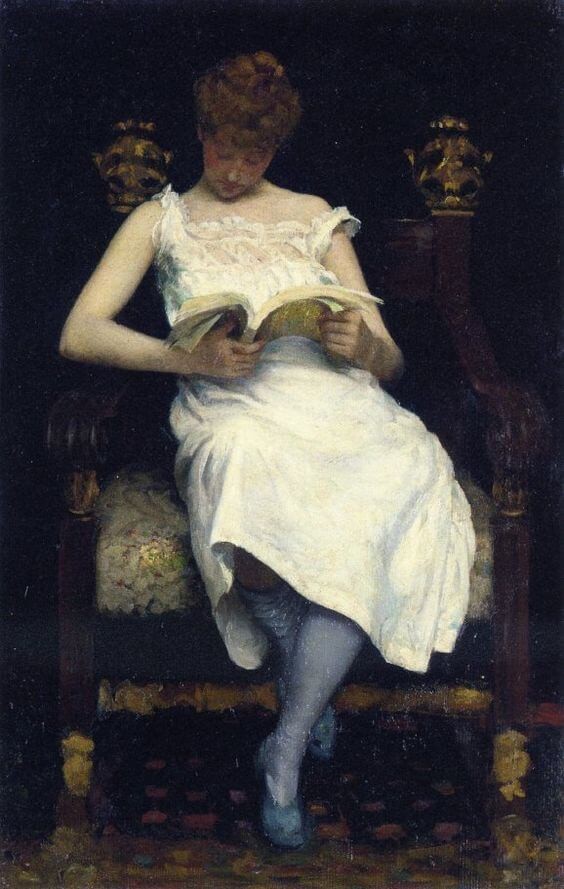Teacher question:
What do you think of the jigsaw method for organizing the reading in a science or social studies class? I teach 5th grade in a suburban school.
Shanahan response:
Jigsaw is a cooperative learning activity developed in the 1970s (Aronson, et al., 1978). Basically, the approach is to divide the curricular topic (e.g., dinosaurs, Morocco, amphibians) into subtopics, to divide these portions among individuals/partners/small groups. Each student/group is to become the “expert” on that subtopic. These newly minted experts then put their knowledge to work, perhaps by contributing to a class project (e.g., designing a diorama) or by bringing their classmates up to date through peer teaching. I’ve observed instances of it that have appeared to be motivational – though I did wonder if what was so pleasing was the reduction of work (jigsaw does away with the need for everyone to study everything).
In any event, research into its effects on learning have produced mixed results, with some studies finding it outperforms business as usual teaching methods (Hattie, 2017) – and others concluding that there were no apparent learning benefits (Crone & Portillo, 2013; Law, 2011; Moreno, 2009; Moskowitz, et al., 1983, 1985; Stanczak, et al., 2022). Unfortunately, most studies were with older students (university level), and it has not done as well with younger students. In other words, limited support for jigsaw’s contribution to academic learning at secondary level, and nothing convincing at the elementary level.
Even if you disregard studies with no effects (or negative effects), there is a serious problem with the evidence. Jigsaw approaches seem to be more effective with the learning of social studies and literature content and less effective with STEM subjects, especially math (Stanczak, et al., 2022).
Why no mention of its effects on learning to read? Because that hasn’t been studied – even with regard to its effects of jigsaw on how well students can read the texts in a particular subject area).
That gap is a provocative one since what is usually being jigsawed is the texts. Students either read different texts or different parts of the same texts.
I’m dubious about literacy payoffs.
Here’s why:
The teacher assembles a text set with a range of resources, some easy, some hard. Likewise, she divides the class into heterogeneous groups in reading ability. When the reading assignments get divvied up (by teacher assignment, peer choice, or individual choice) the lowest readers tend to end up with the easiest and least meaty texts – an approach that does nothing to help them advance. Unfortunately, that approach makes some sense since students will receive little teacher support and no explicit instruction guiding their reading.
Of course, that means that the strongest readers are likely to gain the greatest amount of knowledge and will have the best chance to take on complex text. The lower readers will gain some knowledge from what the better readers tell them, but that won’t improve their reading ability.
These days our ideas of research have broadened to include not just text sources but videos, audiotapes, photographs, political cartoons and so on. That’s a good thing, but it exacerbates the problem noted: the low readers can watch the videos while the better students try to make sense of the more detailed information in the challenging texts.
The purpose of text sets should be to expose students to a multiplicity of sources rather than to differentiate instruction. All students – especially those struggling with reading – should be guided to read the whole collection of texts – or at least those documents should be rationed out so that amounts of reading and degrees of reading challenge offer legitimate learning opportunities to everyone.
Based on existing research, I can’t recommend jigsaw approaches despite their possible value in social studies.
My concerns are with the reading side of things. I don’t like methods that reduce the amount of reading, that assign reading rather than offering instructional support for strengthening literacy skills, and that give unequal access to challenge texts.
Maybe, if you build your text sets and assign them in ways that allow the lower performing readers to confront more challenging texts – and if you support these readings with explicit guidance, then jigsaw may make sense… but that’s a lot of maybes.
References
Aronson, E., Blaney, N., Stephan, C., Sikes, J., & Snapp, M. (1978). The jigsaw classroom. Sage.
Crone, T. S., & Portillo, M. C. (2013). Jigsaw variations and attitudes about learning and the self in cognitive psychology. Teaching of Psychology, 40(3), 246–251. https://doi.org/10.1177/0098628313487451
Hattie, J. (2017). 256 influences related to achievement. Visible Learning. https://visible-learning.org/hattie-ranking-influences-effect-sizes-learning-achievement/
Law, Y.-K. (2011). The effects of cooperative learning on enhancing Hong Kong fifth graders’ achievement goals, autonomous motivation and reading proficiency. Journal of Research in Reading, 34(4), 402–425. https://doi.org/10.1111/j.1467-9817.2010.01445.x
Moreno, R. (2009). Constructing knowledge with an agent-based instructional program: A comparison of cooperative and individual meaning making. Learning and Instruction, 19(5), 433–444. https://doi.org/10.1016/j.learninstruc.2009.02.018
Moskowitz, J. M., Malvin, J. H., Schaeffer, G. A., & Schaps, E. (1985). Evaluation of jigsaw, a cooperative learning technique. Contemporary Educational Psychology, 10(2), 104–112. https://doi.org/10.1016/0361-476X(85)90011-6
Stanczak, A., Darnon, C., Robert, A., Demolliens, M., Sanrey, C., Bressoux, P., Huguet, P., Buchs, C., Butera, F., & PROFAN Consortium. (2022). Do jigsaw classrooms improve learning outcomes? Five experiments and an internal meta-analysis. Journal of Educational Psychology, 114(6), 1461-1476.







Comments
See what others have to say about this topic.